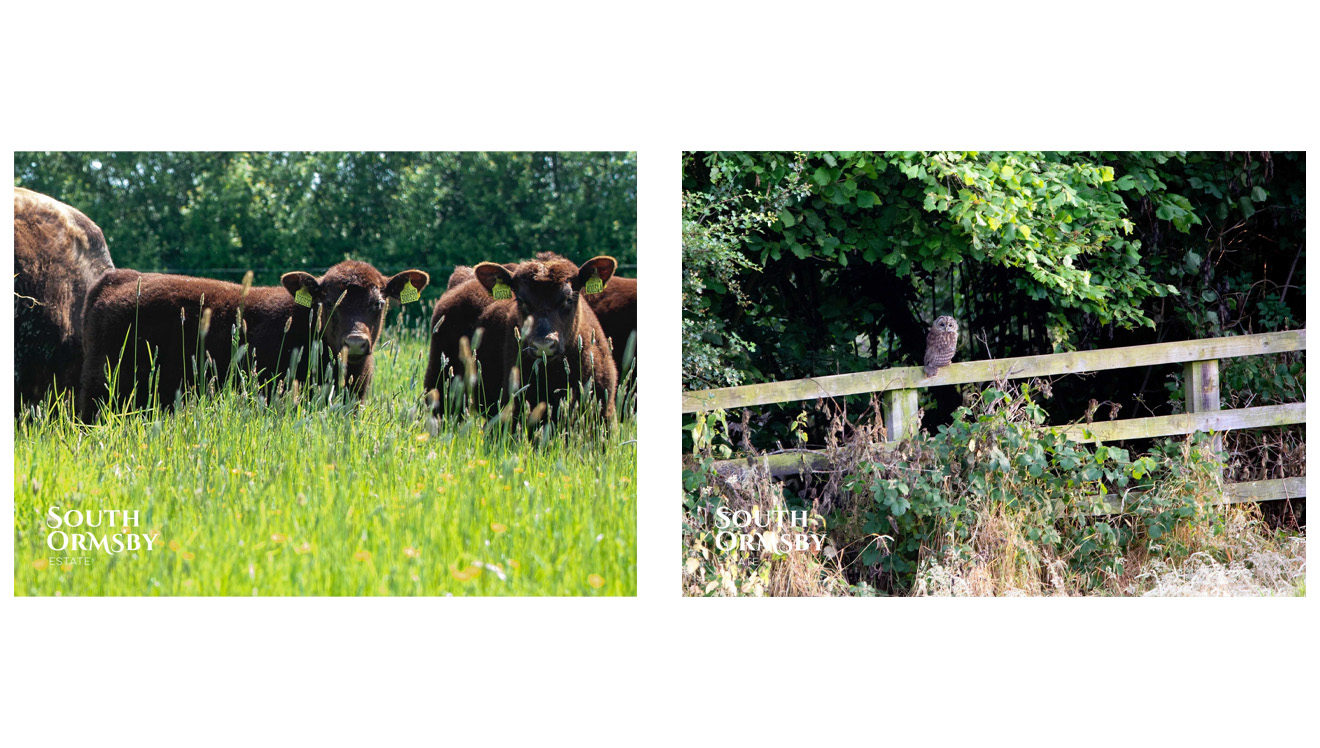A Week on the Estate: Taste of Autumn, Plentiful Paddocks & Green Fingers
After a roasting late July, August has arrived with cooler temperatures and scattered showers, giving us a foretaste of autumn.
Nature and agriculture are thriving in the sunshine and rain, and it’s inspiring to see our regenerative practices start to pay dividends. Our native-breed, original-population Lincoln Red cattle have nearly finished their first rotation through our lush grassland. They relish the long, succulent grass they get every day, and the herbage grows up to one-metre tall and creates a haven for moths, butterflies, grasshoppers and all sorts of fly. We are proud to be accredited by the Pasture for Life Association and we wholeheartedly share their commitment to farming with the grain of nature.
Each of our one-hectare grass paddocks typically gets six months to re-grow after a visit from the Lincoln Reds. Songbirds and mammals abound, and the presence of raptors like barn owls, tawny owls, kestrels, buzzards and red kites is a strong indicator of a healthy food chain. Mob-grazing leaves behind a generous supply of cow dung, a natural fertilizer which stimulates new growth. It’s also good news for dung beetles and an abundance of other insects, some of which attract bats, swifts and swallows.







